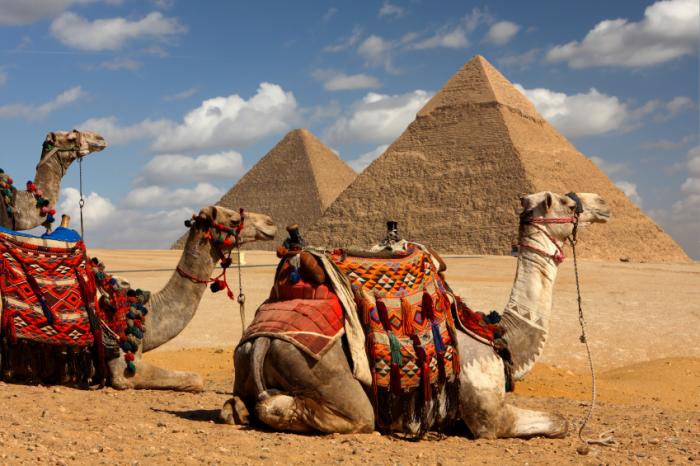Stamp: Camel Corps (Aden 1939)
Camel Corps (Aden 1939)
19 January (Aden ) within release Definitive goes into circulation Stamp Camel Corps face value ¾ Indian anna
| Stamp Camel Corps in catalogues | |
|---|---|
| Michel: | Mi:AD 17 |
| Yvert et Tellier: | Yt:AD 17 |
Stamp is horizontal format.
Also in the issue Definitive:
- Stamp - Mosque of Aidrus face value ½;
- Stamp - Camel Corps face value ¾;
- Stamp - Harbour of Aden face value 1;
- Stamp - Dhow face value 1½;
- Stamp - Mosque of Aidrus face value 2;
- Stamp - Mukalla Coaling station face value 2½;
- Stamp - Capture of Aden face value 3;
- Stamp - Mukalla Coaling station face value 8;
- Stamp - Dhow face value 1;
- Stamp - Harbour of Aden face value 2;
- Stamp - Camel Corps face value 5;
- Stamp - Capture of Aden face value 10;
|
Data entry completed
90%
|
|
|---|---|
| Stamp Camel Corps in digits | |
| Country: | Aden |
| Date: | 1939-01-19 |
| Print: | Recess |
| Size: | 37 x 29 |
| Perforation: | line 12½ |
| Emission: | Definitive |
| Format: | Stamp |
| Face Value: | ¾ Indian anna |
Stamp Camel Corps it reflects the thematic directions:
A head of state (or chief of state) is the public persona that officially represents the national unity and legitimacy of a sovereign state. In some countries, the head of state is a ceremonial figurehead with limited or no executive power, while in others, the head of state is also the head of government. In countries with parliamentary governments, the head of state is typically a ceremonial figurehead that does not actually guide day-to-day government activities and may not be empowered to exercise any kind of secular political authority (e.g., Queen Elizabeth II as Head of the Commonwealth). In countries where the head of state is also the head of government, the president serves as both a public figurehead and the actual highest ranking political leader who oversees the executive branch (e.g., the President of the United States).
A camel (from Latin: camelus and Greek: κάμηλος (kamēlos) from Ancient Semitic: gāmāl) is an even-toed ungulate in the genus Camelus that bears distinctive fatty deposits known as "humps" on its back. Camels have long been domesticated and, as livestock, they provide food (camel milk and meat) and textiles (fiber and felt from camel hair). Camels are working animals especially suited to their desert habitat and are a vital means of transport for passengers and cargo. There are three surviving species of camel. The one-humped dromedary makes up 94% of the world's camel population, and the two-humped Bactrian camel makes up 6%. The wild Bactrian camel is a separate species and is now critically endangered.
King is the title given to a male monarch in a variety of contexts. The female equivalent is queen regnant (while the title of queen on its own usually refers to the consort of a king). In the context of prehistory, antiquity and contemporary indigenous peoples, the title may refer to tribal kingship. Germanic kingship is cognate with Indo-European traditions of tribal rulership (c.f. Indic rājan, Gothic reiks, and Old Irish rí, etc.) In the context of classical antiquity, king may translate Latin rex or either Greek archon or basileus. In classical European feudalism, the title of king as the ruler of a kingdom is understood as the highest rank in the feudal order, potentially subject, at least nominally, only to an emperor (harking back to the client kings of the Roman Empire). In a modern context, the title may refer to the ruler of one of a number of modern monarchies (either absolute or constitutional). The title of king is used alongside other titles for monarchs, in the West prince, emperor, archduke, duke or grand duke, in the Middle East sultan or emir; etc. Kings, like other royalty, tend to wear purple because purple was an expensive color to wear in the past.
Animals are multicellular, eukaryotic organisms of the kingdom Animalia (also called Metazoa). All animals are motile, meaning they can move spontaneously and independently, at some point in their lives. Their body plan eventually becomes fixed as they develop, although some undergo a process of metamorphosis later on in their lives. All animals are heterotrophs: they must ingest other organisms or their products for sustenance.




